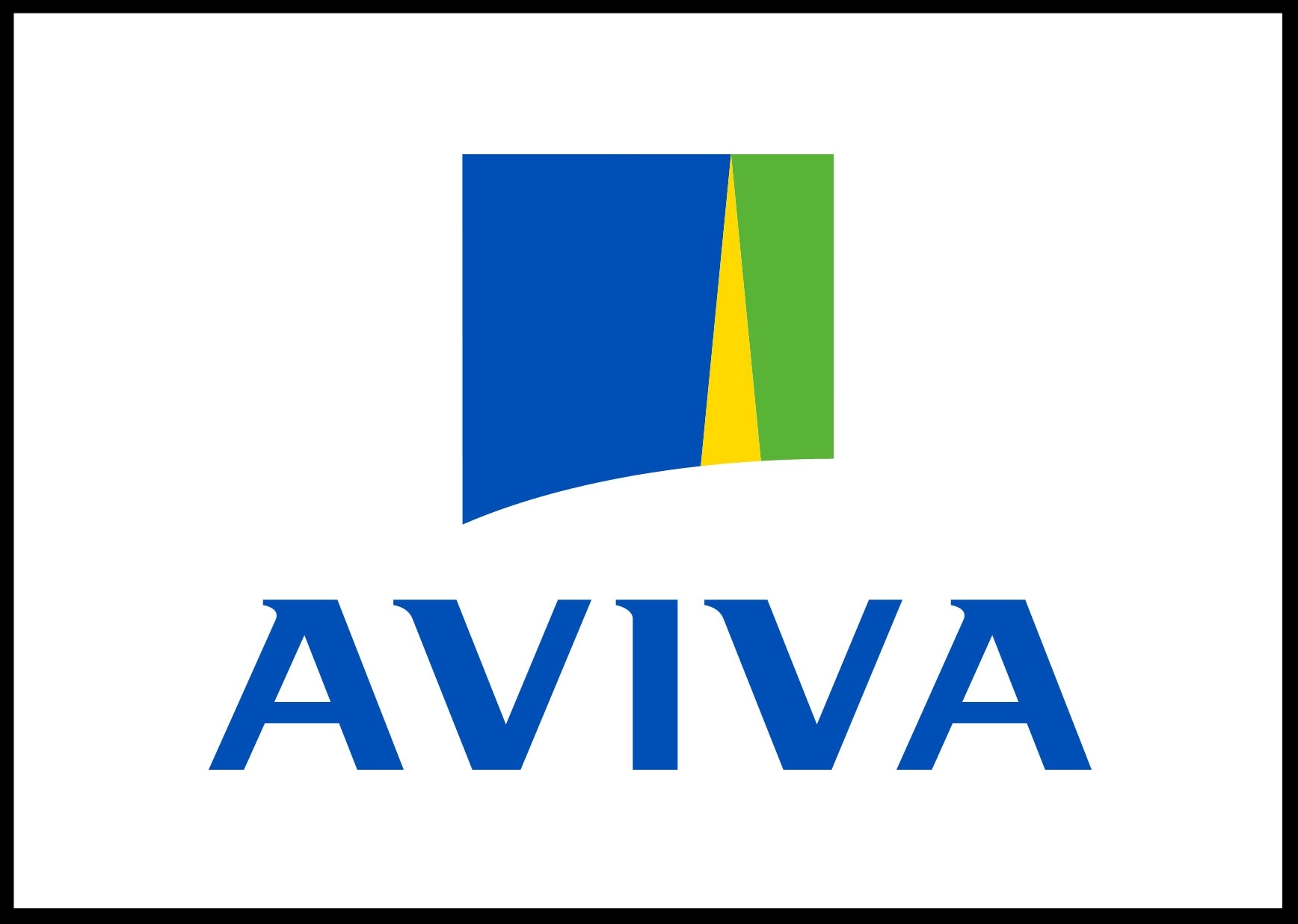One of the most well known forms of arthritis is rheumatoid arthritis (RA). This is an inflammatory, autoimmune condition. The body attacks its own synovium, which is a layer within most joints. Attacks are known as flares, and they are accompanied by inflammation: characterised by heat, pain, swelling, and redness.
RA can be confused with OA (osteoarthritis), but the latter does not come with the inflammatory patterns that RA does. Morning stiffness resolves relatively quickly in OA, but may take over half an hour with RA. Both can wax and wane, but RA has relatively defined episodes of increased inflammation, followed by increased stiffness. Either may be influenced by activities from the day before.
You are more likely to develop RA if you have other rheumatic conditions in your personal or family history. These include Ankylosing Spondylitis and psoriatic arthritis. Inflammatory bowel disease is also related (Ulcerative Colitis and Crohn’s Disease).
Deformities
One tell-tale sign of RA is the collection of deformities it can cause. The hands are often the most clearly affected. Lumps on the knuckles can be an effect of RA, but share features with the lumps caused by osteoarthritis (OA). Other symptoms help to differentiate between the two. RA will have an inflammatory picture, aggravated by rest and over-exertion, relieved with ice. OA is quicker to relieve first thing in the morning, and will not come with local heat or redness.
Beyond the hands, the neck can be damaged by RA too. The joints here are deeper, so changes are often not visible. Damage may instead stretch the ligaments and capsule around the joint, leading to instability. Generalised neck pain (as the muscles work hard to compensate) is a common presentation, but in severe cases there may be neurological symptoms in the arms or legs. If you do feel pins and needles, numbness, or weakness in your limbs, you should speak to your GP in the first instance.
Osteopathy and Rheumatoid Arthritis
As the condition is autoimmune, osteopathy will not cure rheumatoid arthritis. However we may be able to help you manage your associated pain and stiffness. As RA is made worse by too much or too little exercise, we work to provide a healthy amount of movement in clinic, and can support this with exercises for you to do at home.
The changes RA makes to the joints of the neck can cause the muscles to work harder. If they are not strong enough for this demand, they may become fatigued and sore. Strengthening can be difficult because of the aforementioned reaction to exercise, but we can advise here. We will work within your limits to devise an exercise plan to help you manage your symptoms. This may involve the use of resistance bands alongside your clinical treatment, but we can adapt as necessary to fit your case.
As osteopathy is holistic, we can also help with secondary issues caused by RA. If changes to your neck or hands have affected the way you use your shoulder, we can help. Beyond managing the symptoms of the condition itself, we can look at compensation elsewhere and improve joint and muscle function in the affected area.






